Biinaagami – Expedition to the St Lawrence Estuary
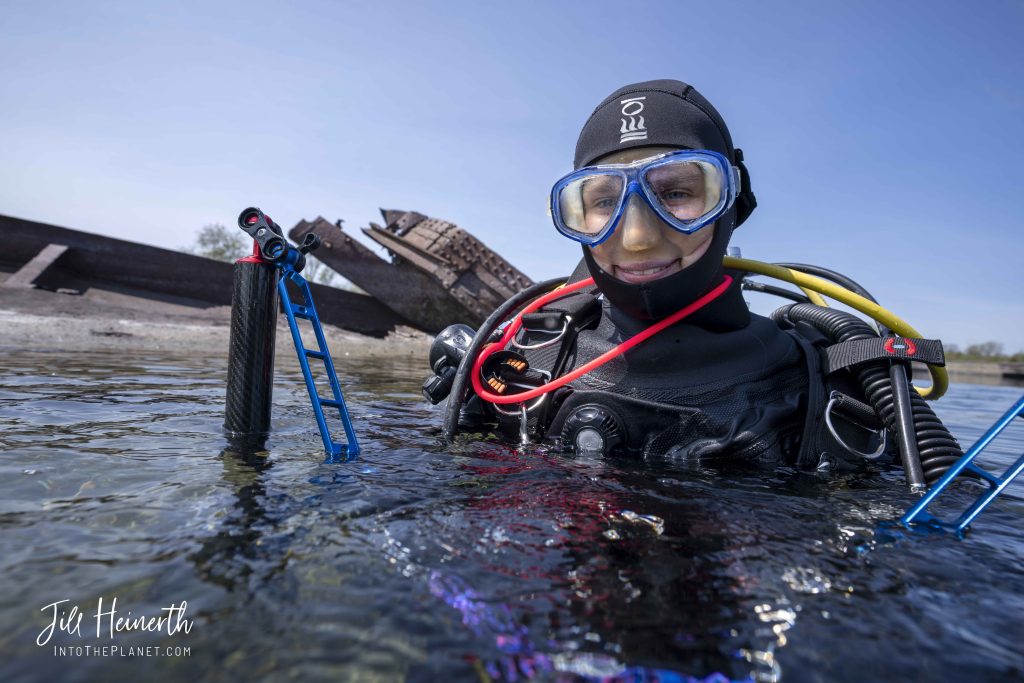
In the spring and summer of 2022, I completed a Science Communication Internship with Jill Heinerth, the Explorer in Residence with the Royal Canadian Geographical Society. After several expeditions around the Great Lakes, we travelled to the St. Lawrence estuary to document the effects of bioaccumulation. During this time, Jill coached me in storytelling, photography, videography, expedition safety and leadership.
The internship started with Jill training me in several advanced diving certifications, which included PADI Tec 40 and Advanced Sidemount Diving.
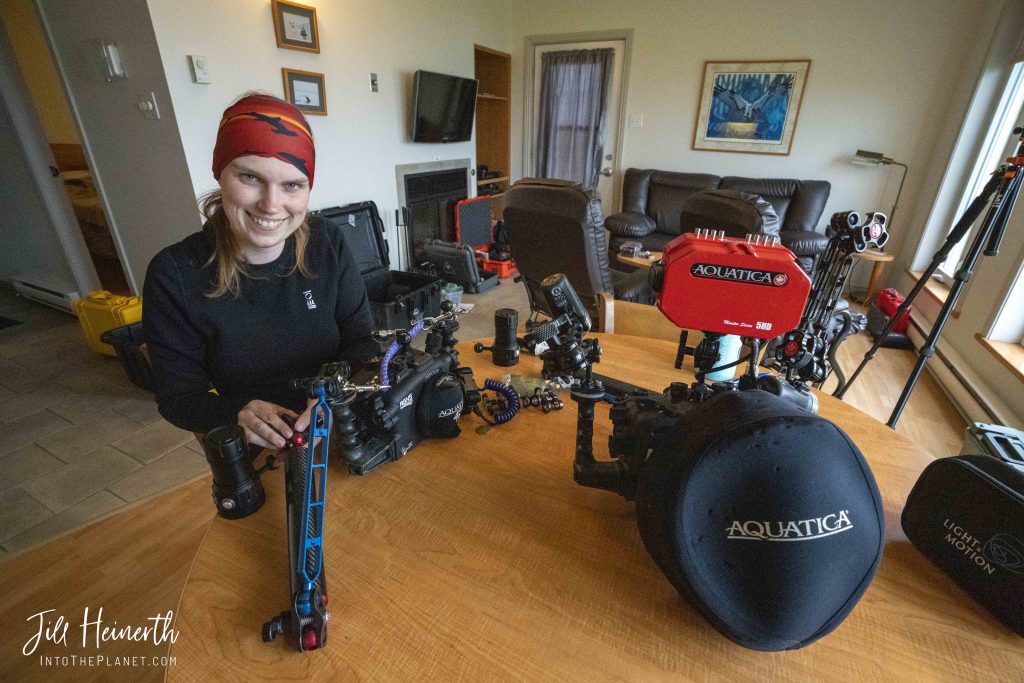
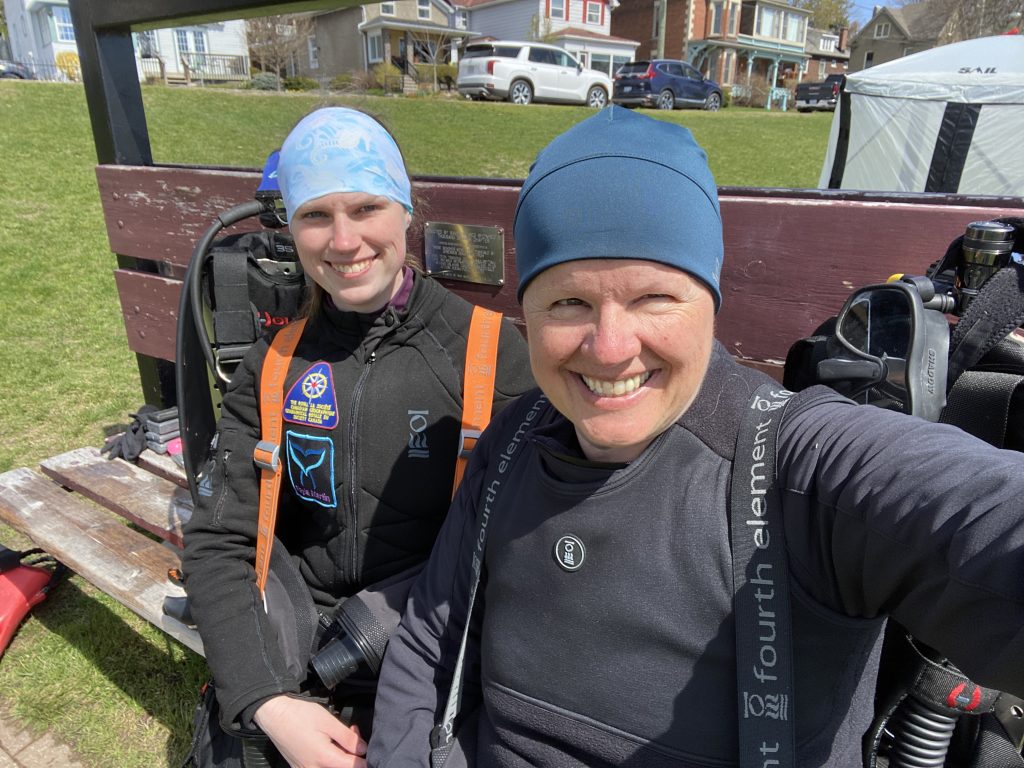
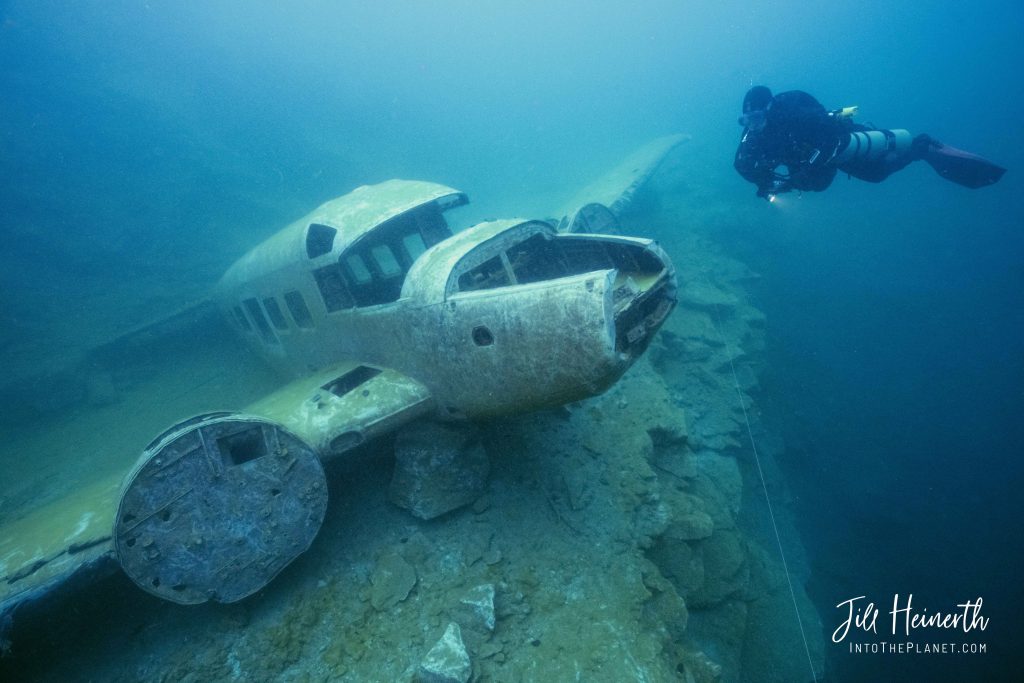
The Great Lakes represents more than a quarter of the world’s fresh water supply and is home to 4,000 species of plants, fish, wildlife and the world’s third largest economy, supporting more than 65 First Nations, two countries, eight states and two provinces.
My goal was to follow the water’s journey to discover how small actions and invisible things can have a big impact.
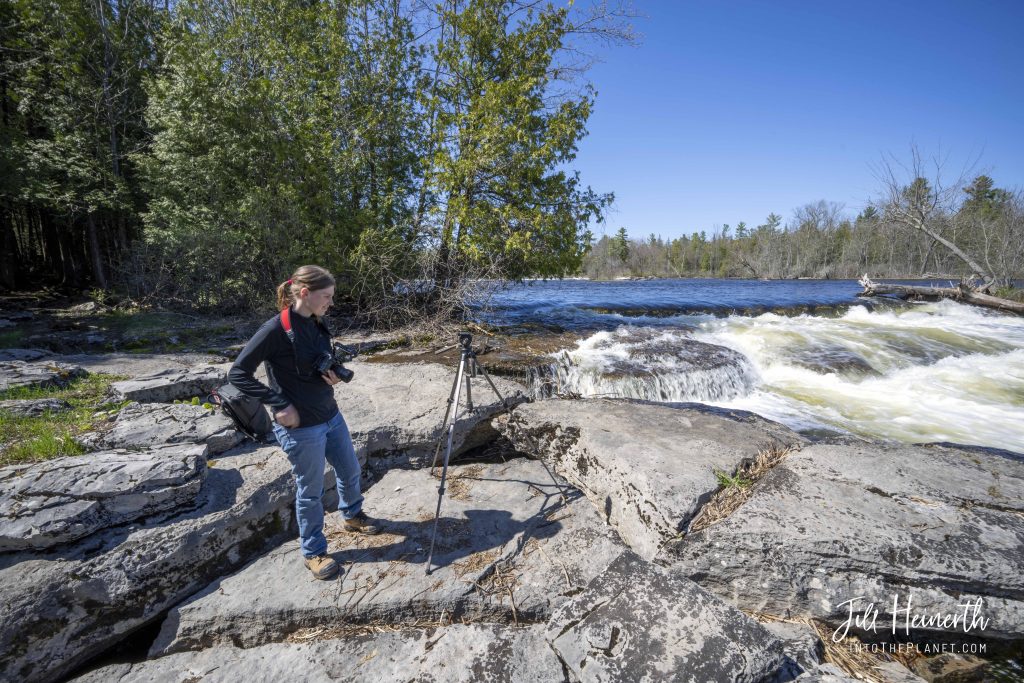
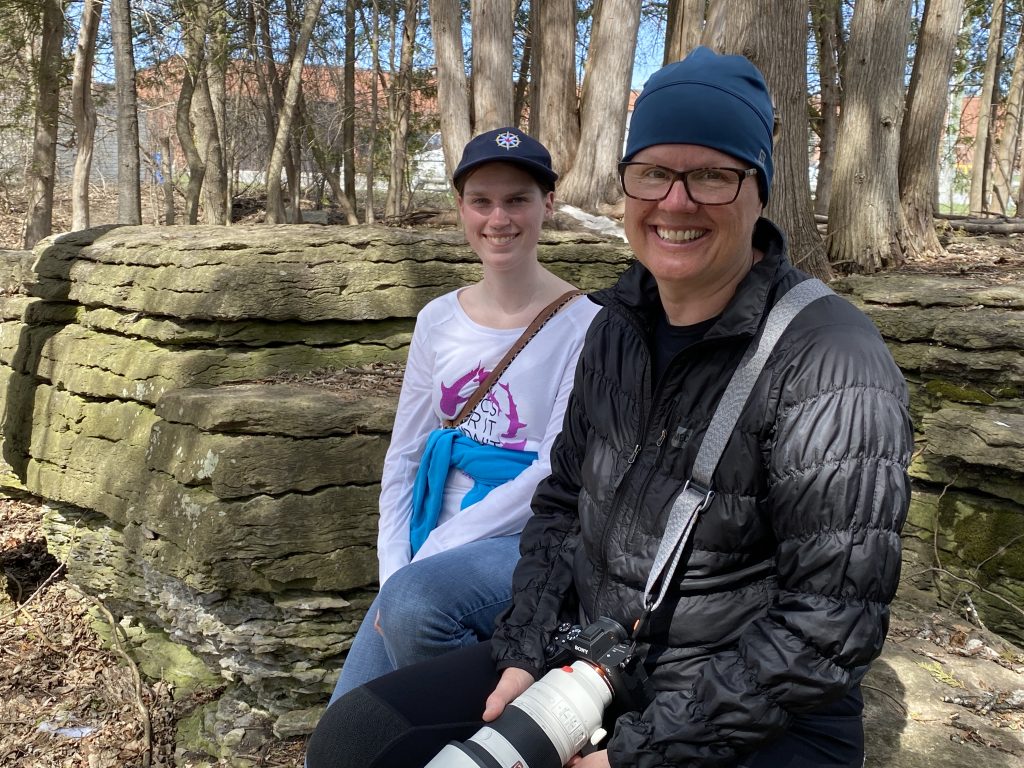
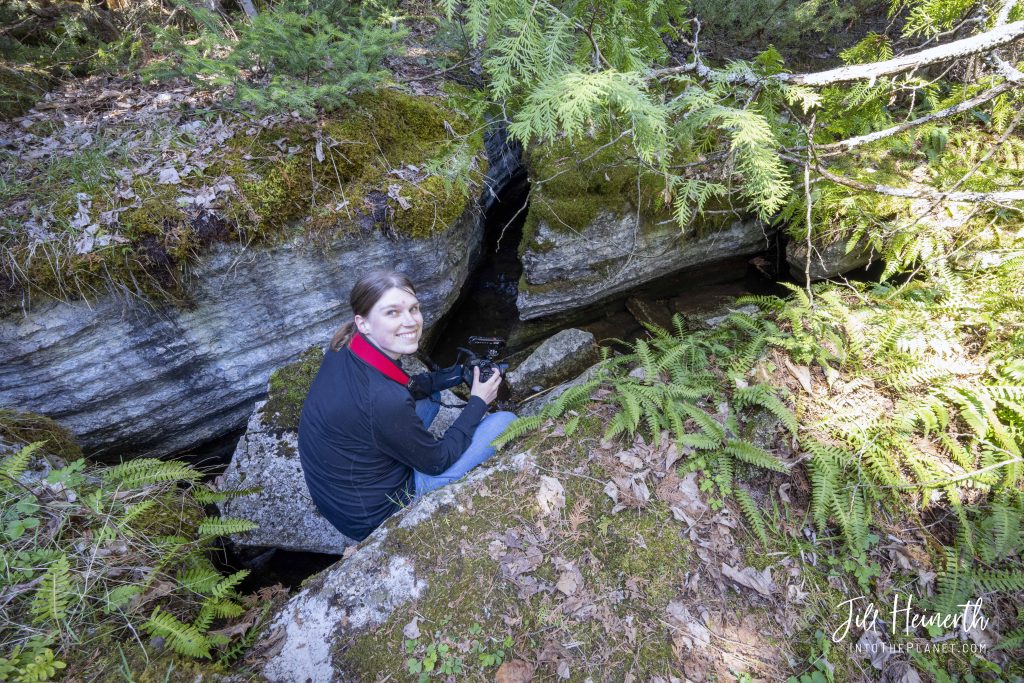
The internship culminated in Essipit, Quebec, the territory of the Montagnais Innu people where fresh water meets salt at the St. Lawrence Estuary, the largest Estuary in the world. Estuaries are important feeding and nurseries habitats for commercially and ecologically important fish, inverbrates and migrating birds.
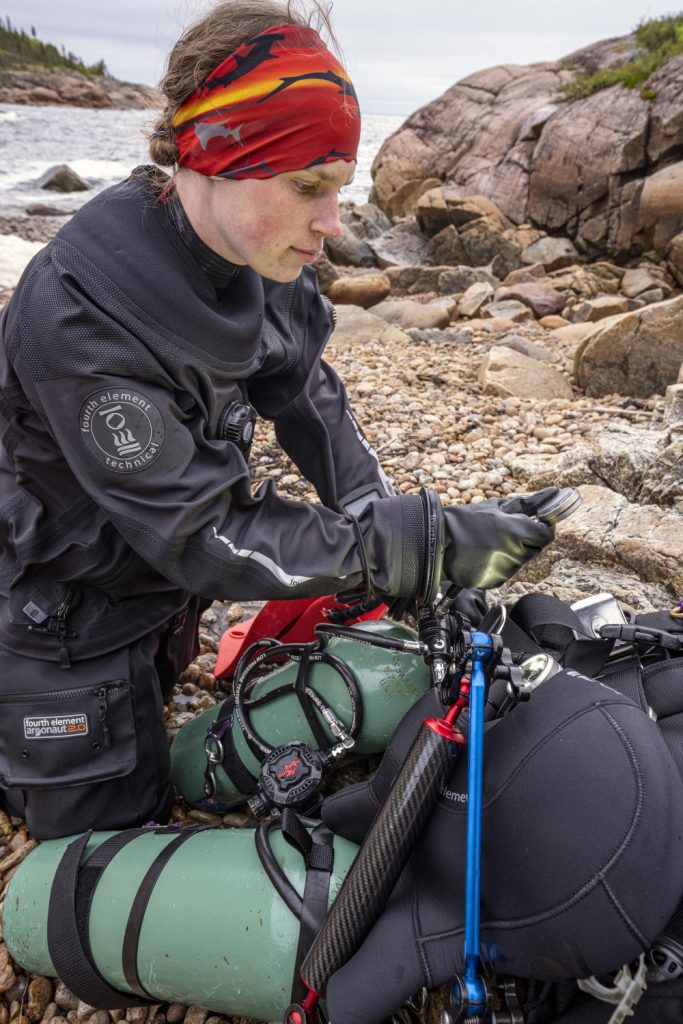
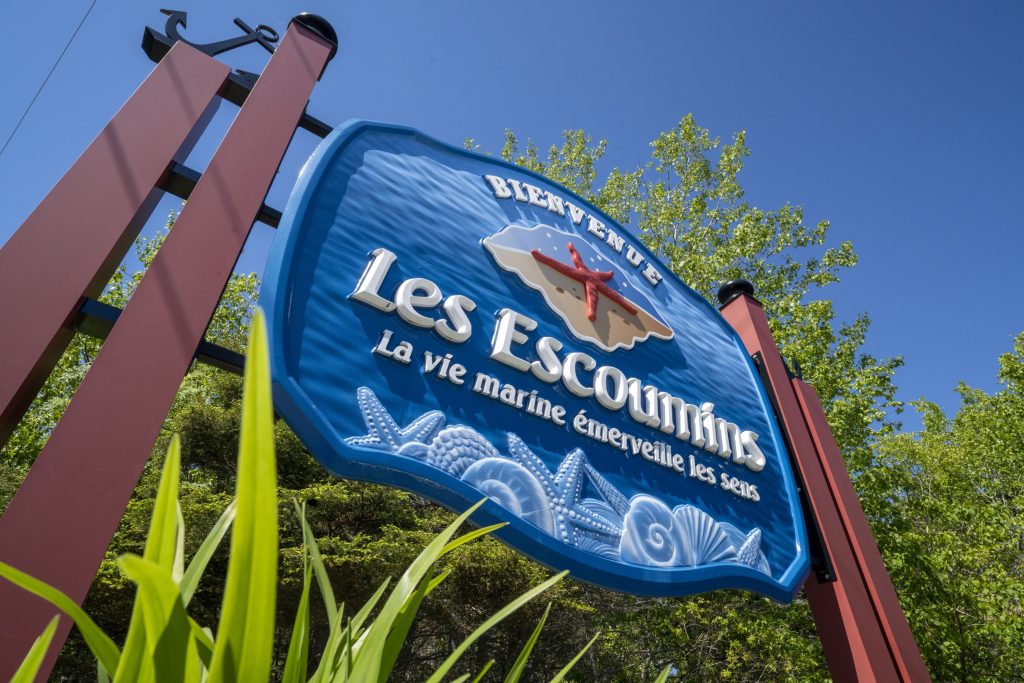
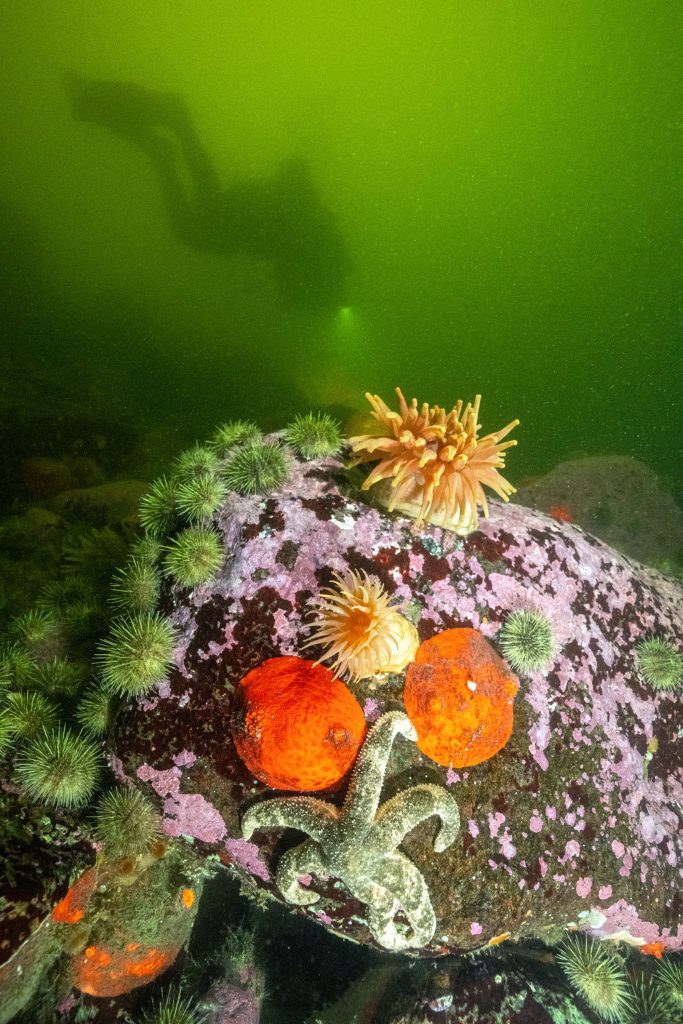
Join me and Jill as we explore the impact of bioaccumulation starting in the Great Lakes Watershed and culminating in the St. Lawrence Estuary. This project was sponsored by the Royal Canadian Geographical Society with the generous support of Fourth Element, Hollis and Suunto.